Rape blossoms
Rape blossoms (Nanohana in Japanese) is a general term for flowers of the
Brassica family.
Rape blossoms are one of the flowers that herald the arrival of spring, and
the yellow flowers spread all over the place are spectacular.
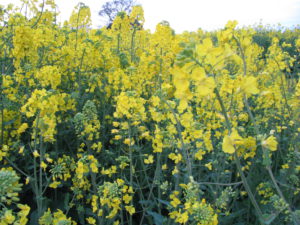 |
 |
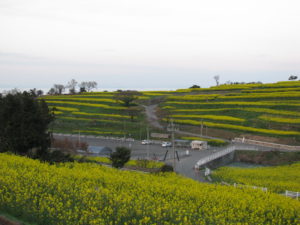 |
Sun Messe Nichinan, in Miyazaki
Japan’s own replica of Moai Statues. Enjoy a breath taking panoramic view of the Pacific
Ocean, the Sun Messe Nichinan has replicas of the Moai statues from the Easter Island
placed here and there in the area.
 |
 |
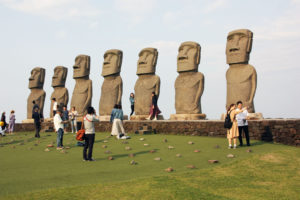 |
The Sun Messe Nichinan is the only place all over the world that has been permitted to
replicate the Moai statues. There are restaurants and also tourist viewing areas inside
the park.
Suizenji-koen park, in Kumamoto
Imitated the beautiful scenery of Japan. It is a refined circular garden of Momoyama period style
and represents the 53 Stations of the Tokaido Road including Mt. Fuji. The fresh springs in the
garden release clean, cold water, which flows there from Mt. Aso via underground currents.
 |
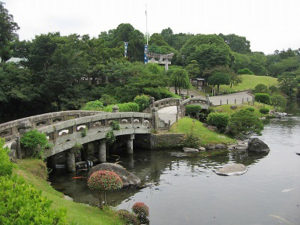 |
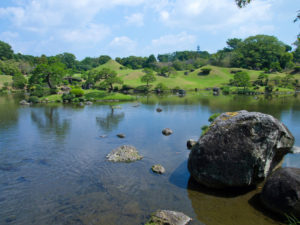 |
In 1636, Tadatoshi, the third Lord of Hosokawa, began its construction as a tea retreat, and
he also built the temple here for Priest Gentaku called Suizenji.
This beautiful Momoyama style garden evolve during the reigns of the fourth and fifth Lords.
In all it took about 80 years to complete.
Kyushu National Museum, in Dazaifu
Kyushu National Museum was opened in 2005 in Dazaifu-city next to Dazaifu Tenmangu
Shrine, as Japan’s fourth national museum after Tokyo, Kyoto and Nara. Dazaifu is the place
where played important role as an administrative center and a center for trade with China and
Korea since 1300 years ago, therefore the concept of the museum is decided “Interpreting
the formation of Japanese culture from the perspective of Asian history”.
 |
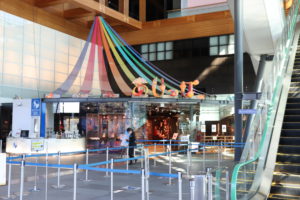 |
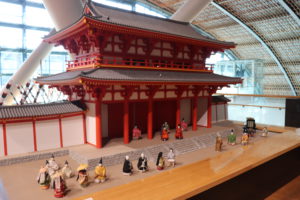 |
Chrysanthemum
Chrysanthemum is a familiar flower to Japanese as the symbol
of the Imperial Family and a symbol of longevity and rejuvenation.
The Chrysanthemum exhibition is held annually in autumn from mid October
to mid November in many shrines, temples and gardens throughout Japan.
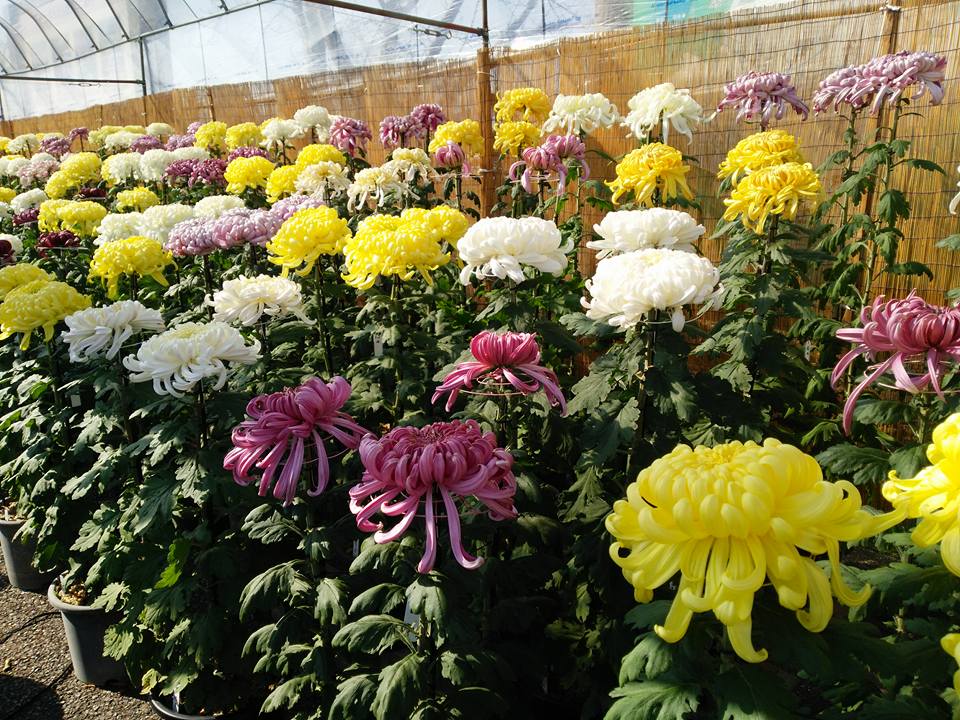 |
 |
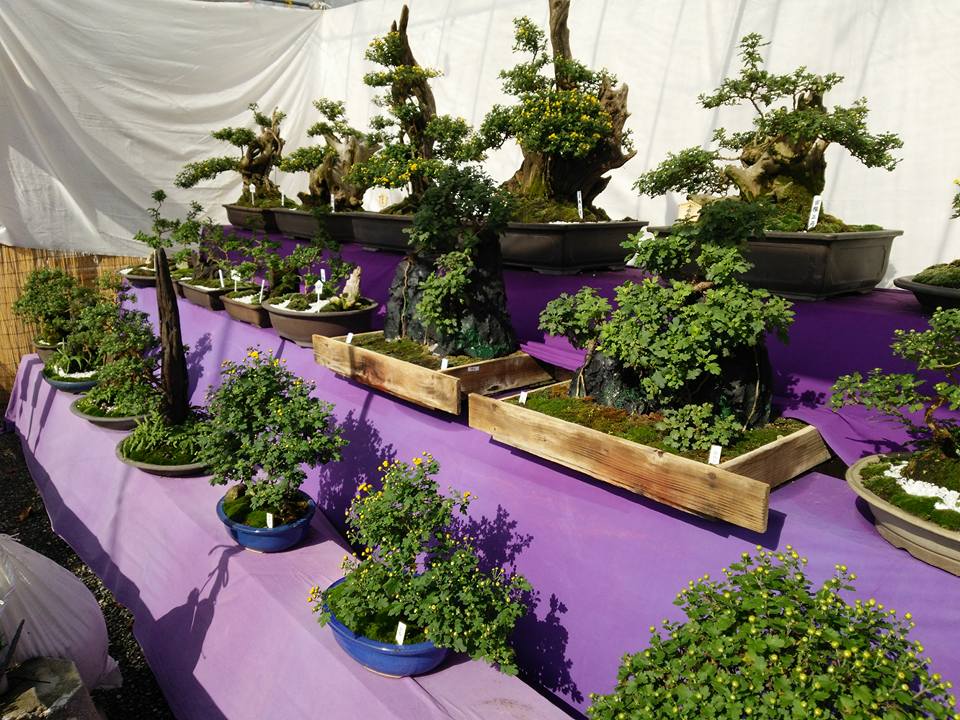 |
Hinamatsuri, girls Festival
Hinadoll is displayed at the Hina matsuri ( girls Festival) to celebrate for family with young
girls to pray for their good health and happiness.
Hina matsuri is a traditional Japanese event that announces the arrival of spring and
are held many places.
 |
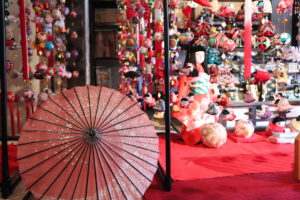 |
 |
Imamura Cathedral, in Fukuoka-prefecture
Imamura Cathedral is located in Tachiarai, Fukuoka-prefecture.
A Christian group was born in this region in the late 16th century.
When Christianity was banned, I continued my faith as a hidden Christian.
 |
 |
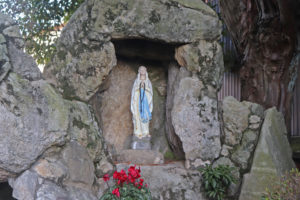 |
The twin-towered Romanesque-style brick Cathedral planned by Father
Tamotsu Honda and completed in 1923 with financial aid from foreign countries.
It was designed and constructed by Yosuke Tetsukawa, who was a master
church builder at the time.
The Cathedral has been designated as a national important cultural property.
Nokonoshima Island, in Fukuoka-city
Nokonoshima, in the middle of Hakata Bay Beautiful flowers can be enjoyable throughout
the year. Rapeseed blossom, Cherry blossom, Livingstone daisy Poppy, Rhododendro,
Marigold, Hydrengea, Plumed cockscomb, Dahlia, Sunflower, Cockspur coral tree
Bougainvillea, Scarlet sage, Cosmos, Dahlia, Autumn leaves, Scarlet sage, Japanese
narcissus, Japanese camellia, Plum.
The breath taking panoramic view of the Hakata Bay can also be enjoyed.
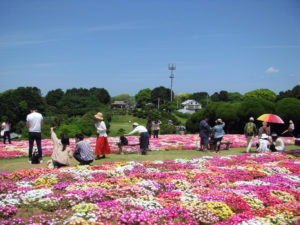 |
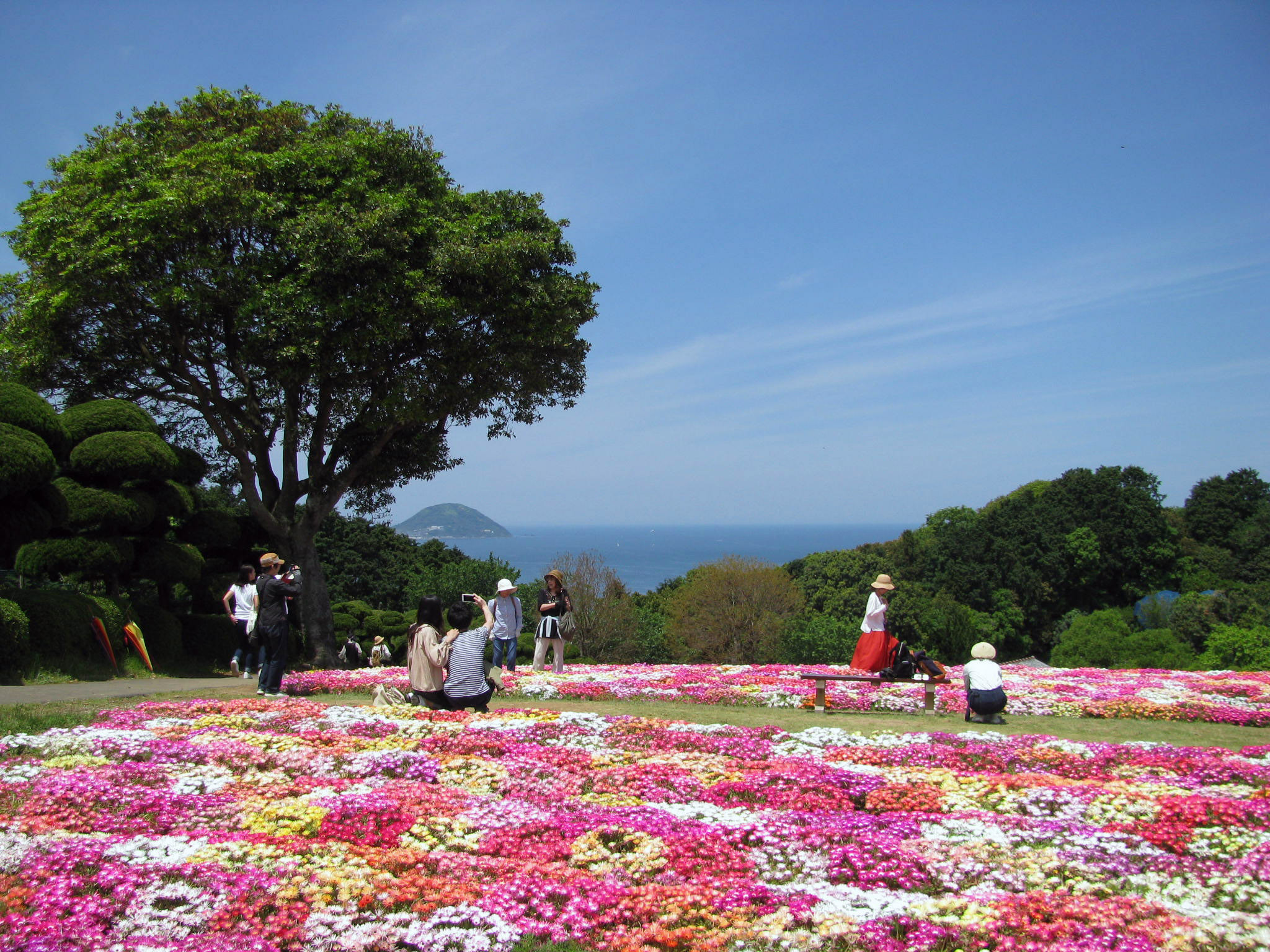 |
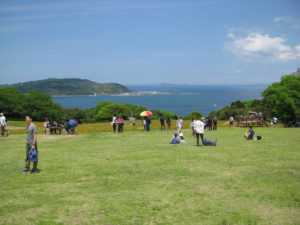 |
Restaurant Sakimon, Barbecue house, Retro Shop Omoideya Shop Shimaya, Art Gallery
Warabekan, Gift Shop.
Accurate Japanese map completed by Ino Tadataka in 1821
Ino Tadataka started surveying the land of Japan at the age of 56, and
spent 17 years creating Japan’s first accurate map of Japan based on actual
measurements.
The map was completed in 1821, three years after his death.
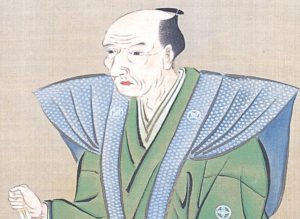 |
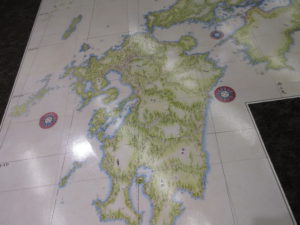 |
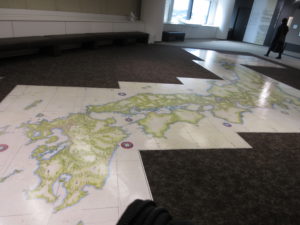 |
Siebold came to Japan in 1823 as a Dutch doctor, and not only introduced
Western culture to Japan, but also passionately researched and collected
materials about Japan.
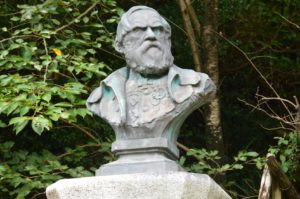 |
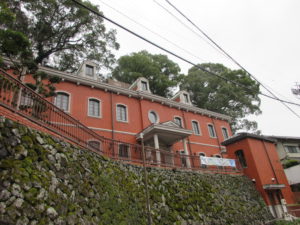 |
 |
When he was returning to Dutch, he was found hiding a secret Japanese
map made by Ino Tadataka, and was ordered to be deported.
However, at that time, he succeeded in secretly copying the map and
taking it with him.
Siebold introduced Japan to the West through the maps and materials he
brought back.
This information served as a reference when Mathew C Perry visited Uraga
in 1853.
Kawara Sobe, 瓦そば
Kawara soba is a local cuisine which Soba noodles and meat are cooked together on a Kawara
(stone roof tile) and dipped into a special sauce when eating it. It is said that the hints were
obtained from the time when during the Seinan civil war in 1877, soldiers of Satsuma who
surrounded the Kumamoto castle used kawara (stone roof tiles) to cook wild plants and meat.
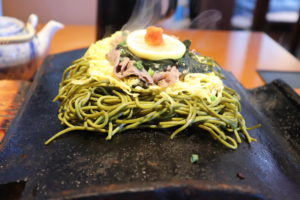 |
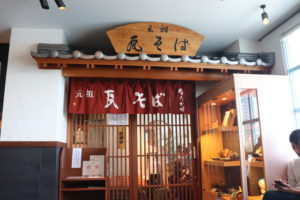 |
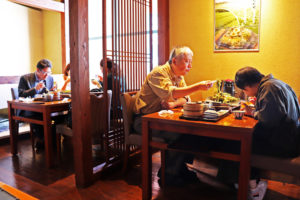 |
It is said that the hints were obtained from the time when during the Seinan civil war in 1877,
soldiers of Satsuma who surrounded the Kumamoto castle used kawara (stone roof tiles) to
cook wild plants and meat.
